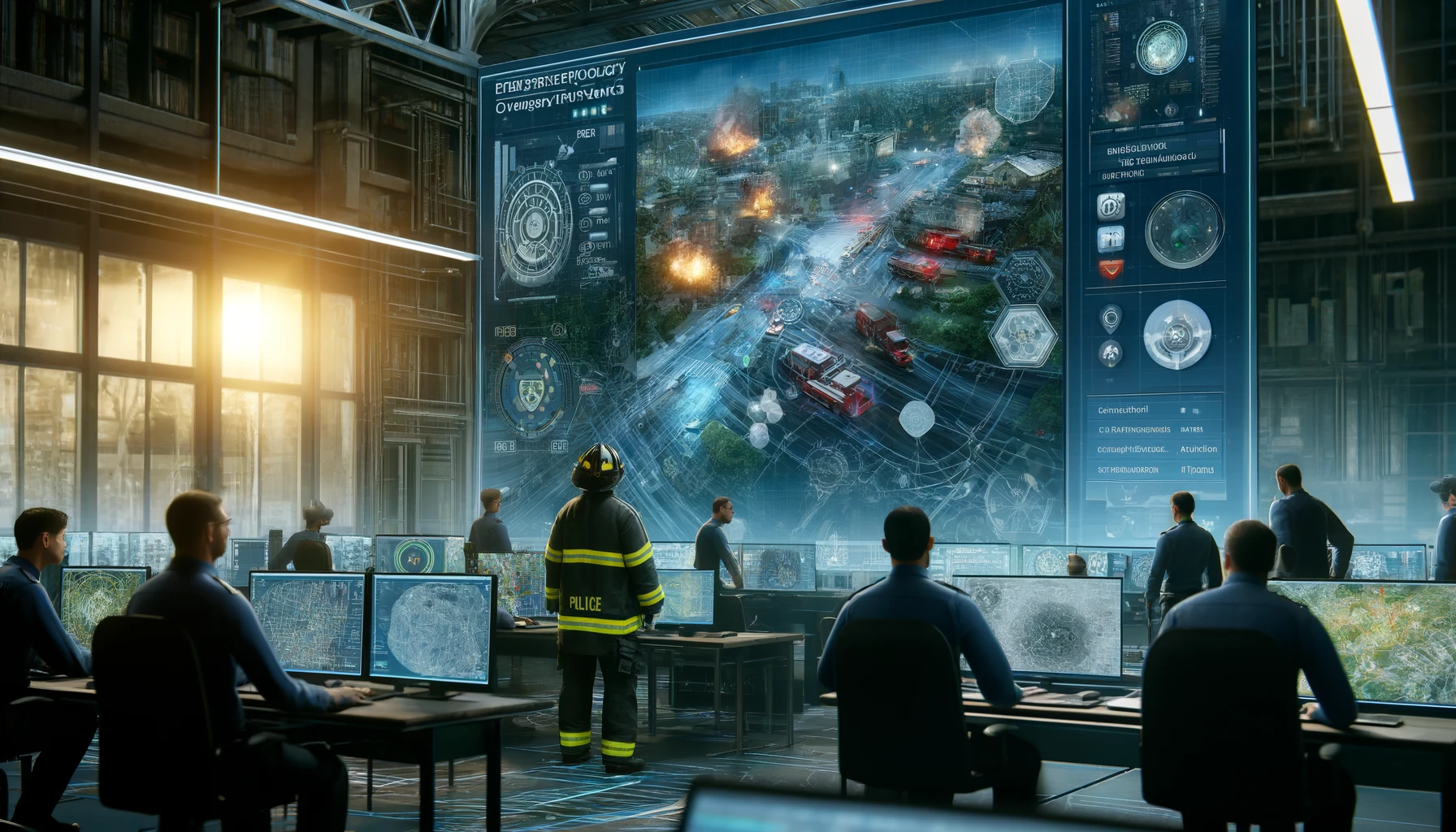
As urban areas continue to grow in complexity and congestion, the need for advanced navigation technology to enhance public safety has become increasingly critical. From tracking emergency callers in large natural parks to navigating the intricate layouts of major cities, effective navigation is more important than ever before. Public safety agencies are on the brink of a technological revolution that promises to transform emergency response. But how exactly can advanced navigation technology improve public safety, and what does it mean for response times and emergency management?
Chris Carver, an expert in Public Safety Technology, has analyzed these questions and provided valuable insights into the intersection of advanced navigation technology and public safety. Through his analysis, Carver highlights the operational benefits of these technologies and their potential to revolutionize emergency response scenarios.
Some key points from Chris Carver’s analysis include:
– Precision Location Tracking: Advanced navigation technology enables precise location tracking, which is crucial for directing emergency calls to the appropriate 911 center. This allows first responders to arrive at the scene quickly and efficiently, potentially saving lives.
– Optimized Responder Deployment: Technologies like geospatial routing ensure that the nearest and most suitable responders are dispatched. This helps ensure that resources are used effectively and efficiently, reducing response times and improving overall outcomes.
– Cross-Discipline Coordination: The integration of various emergency services for a more effective overall response strategy is another key benefit of advanced navigation technology. By working together seamlessly, different teams can coordinate their efforts more effectively, resulting in faster and more accurate responses.
– Adaptability in Crisis Situations: During events like Superstorm Sandy, advanced navigation tools can adjust to rapidly changing geographic conditions. This allows first responders to navigate through difficult terrain quickly and efficiently, potentially saving lives in crisis situations.
– Routine Impact: These technologies play a role in creating safer communities on regular days as well as during extraordinary events like natural disasters or terrorist attacks. By utilizing these tools on a daily basis, emergency services can become more efficient and effective at responding to a wide range of situations.
Overall, Chris Carver’s analysis highlights the essential role that advanced navigation technology plays in public safety. By utilizing these tools effectively, emergency services can significantly enhance their operational capabilities, resulting in faster and more accurate responses that have the potential to save lives on both regular days and during crises alike





